Overview on Composition
So what is composition? Composition is what guides our eyes through a photograph and gives importance to the subject in relation to the rest of the photo. Composition through flow, direction, and visual balance, helps drive the story behind your image and grabs your viewer’s attention. It is one of the most important components of photography, or any visual art for that matter, and can turn an ordinary scene to something special.And unlike many other photographic principles such as focus or exposure that have benefited from technological advancement, each photograph still requires you to personally decide on the overall composition.
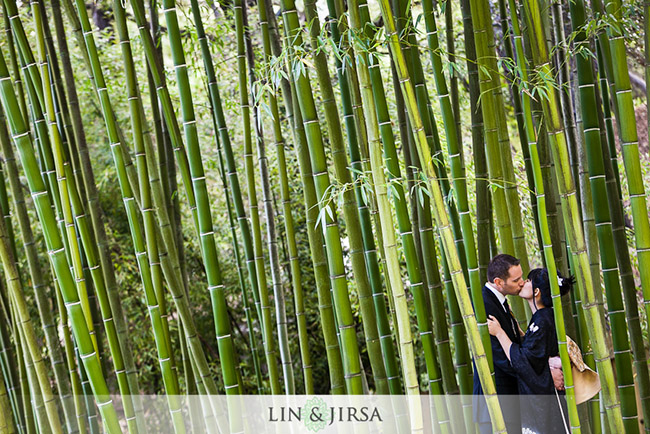
(All images by Lin and Jirsa Wedding photographers and processed with SLR Lounge’s Lightroom 4 Preset System)
Here are 5 principles of composition that can help you make more dynamic images:
1. The Rule of Thirds
When starting out, it is natural to place your subject at the center of the frame. However, in a photograph having your subject placed dead center often leads to a boring composition. Doing so, makes our photographs look predictable. The Rule of Thirds is one of the most popular compositional techniques. The Rule of Thirds divides your scene into a 3×3 grid with equal size rectangles. To follow this rule, compose your subject in one third of the frame or on the line. This creates a more dynamic and pleasing composition since it gives more emphasis to your subject and their environment. In regards to the photo below, our eyes go immediately to the children who are the primary subjects of the photograph.
Also be aware of the direction that your subject is looking or moving towards. Generally, it is better for them to look or move into the frame.
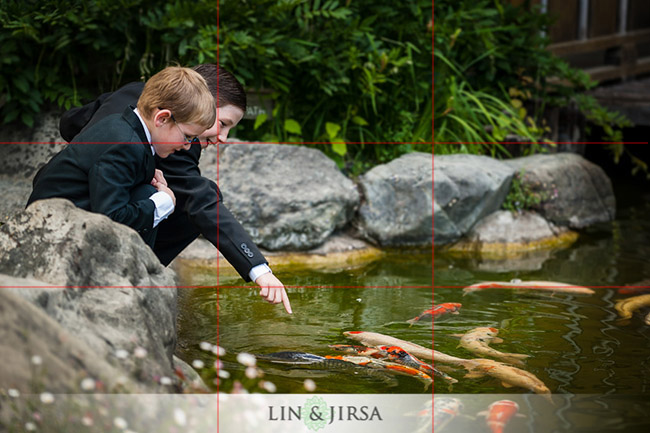
The same holds true when you’re taking a landscape photo; it’s more interesting to put either the landscape or sky in two thirds of the frame to give it more importance. Placing the horizon in the middle of the frame makes for a uninteresting composition where neither the sky nor landscape is emphasized.
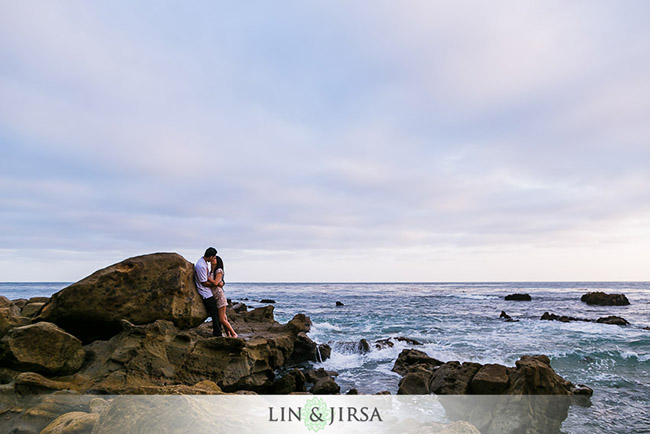
Using the Rule of Thirds provides balance to the photograph by using the two thirds section of the frame to compliment the one thirds section of the frame where the subject is placed.
2. Leading Lines
Leading lines are diagonal lines that naturally exist in a scene which help the viewer’s eyes move from one direction to another. The lines are created from converging perspectives as seen through the camera. They should be framed in a way that draws the viewers eyes towards the primary subject as they can draw your eyes away from the subject when used improperly. 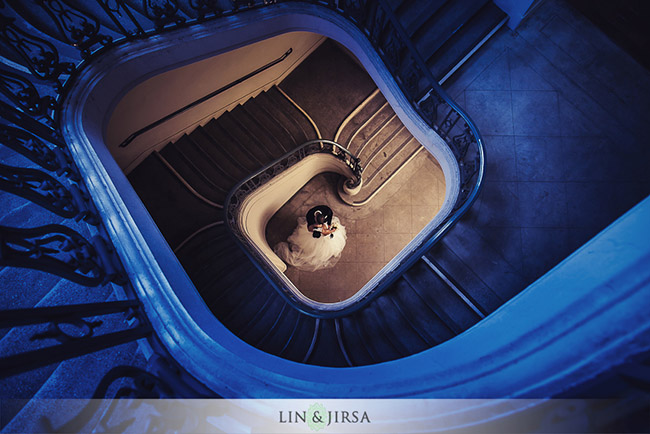
3. Reduce Clutter
Clutter is pretty much anything in the photograph that takes your attention away from your primary subject. This can be anything from a Styrofoam cup, a busy tree branch, or any busy details on a focused background that doesn’t help enhance the scene. This of course doesn’t mean that you can nor should you only shoot against a plain background. The first image of the couple in the bamboo forest works well because the repeating lines are relatively uniform in direction. Were they not, then it would lead to a busy and cluttered background.
Shallow depth of field is another great way to reduce clutter and give visual weight to your subject.
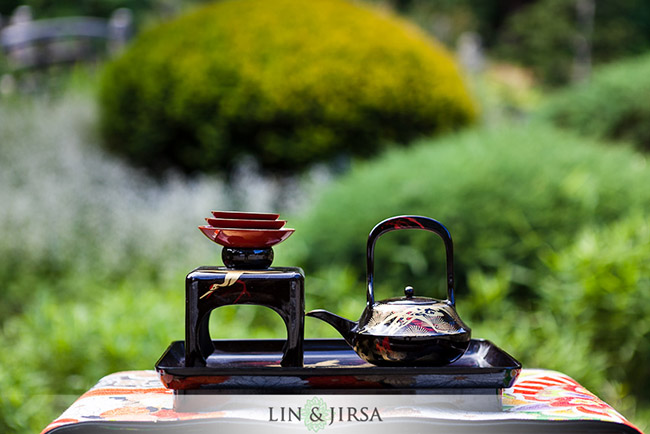
4. Contrasting Colors
Another way to make your subject stand out is by using contrasting colors. Examples of this include vibrant vs muted colors, warm vs cool colors, and dark vs light colors. The last one, light and dark, is especially important because our eyes tend to move from darker colors towards lighter colors.
5. Creative Framing
Framing your subjects is a great way to isolate your subject is to use framing. This can be done with either defocused foreground objects or solid color shape elements. Just make sure that what you are using to frame is not so overly busy that it fights for attention.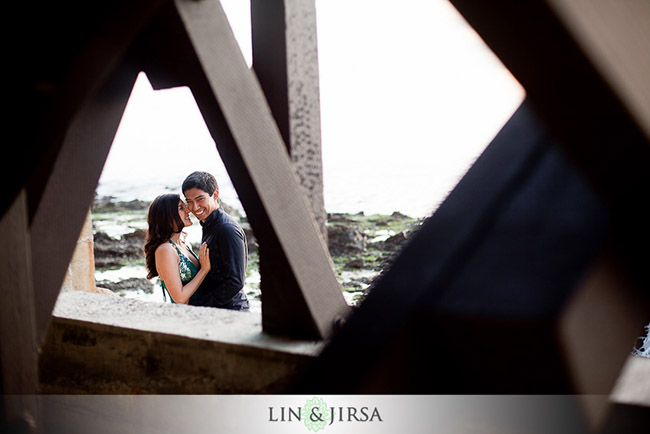
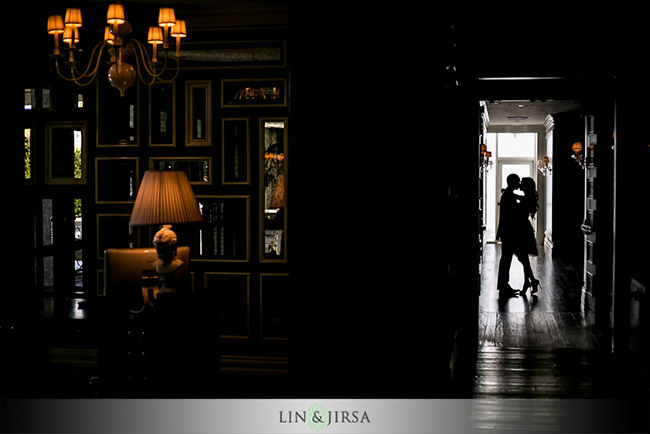
Conclusion
These composition guidelines are not set-in-stone rules, but by knowing them, you will have a better understanding on what makes a photo compelling and also when breaking away from standard composition rules can work for you.5 Rules on Composition to Create More Compelling Photographs tutorial
No comments:
Post a Comment